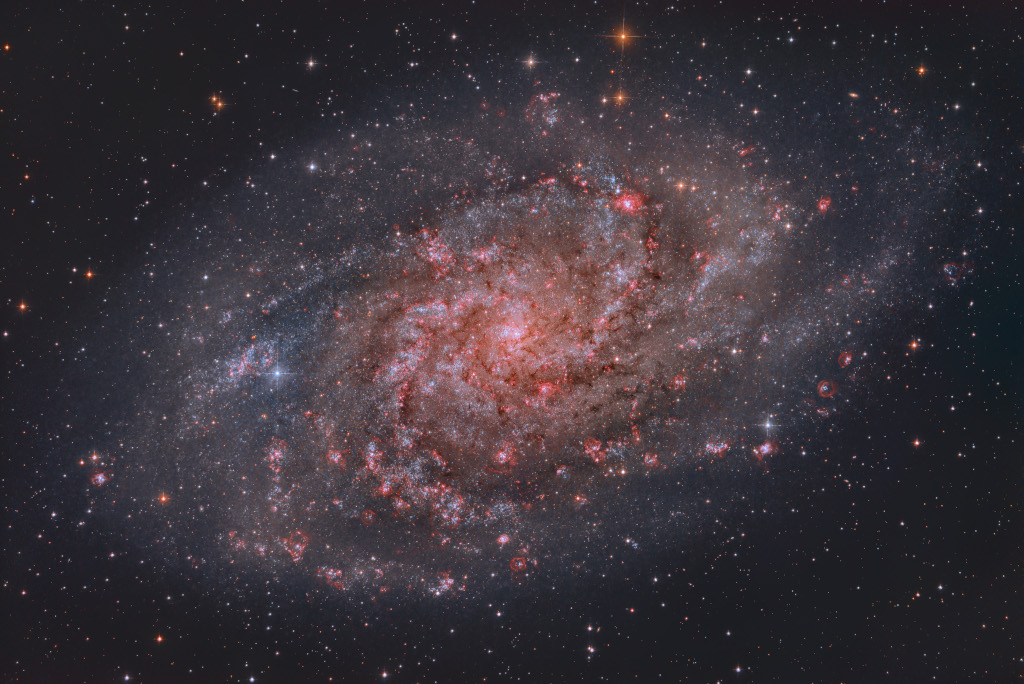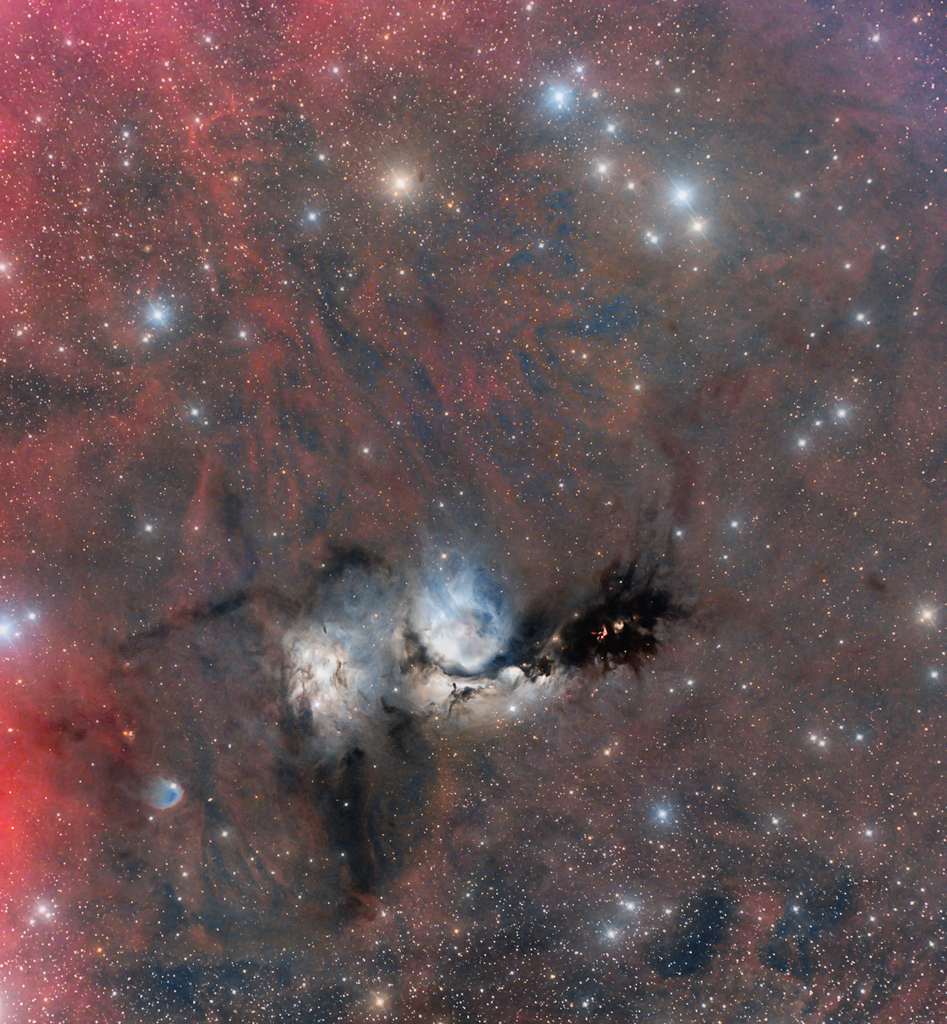M33的氢气云
2023年10月13日 Hydrogen Clouds of M33 Image Credit & Copyright: Reinhold Wittich Explanation: Gorgeous spiral galaxy Messier 33 seems to have more than its fair share of glowing hydrogen gas. A prominent member of the local group of galaxies, M33 is also known as the Triangulum Galaxy and lies a m […]





